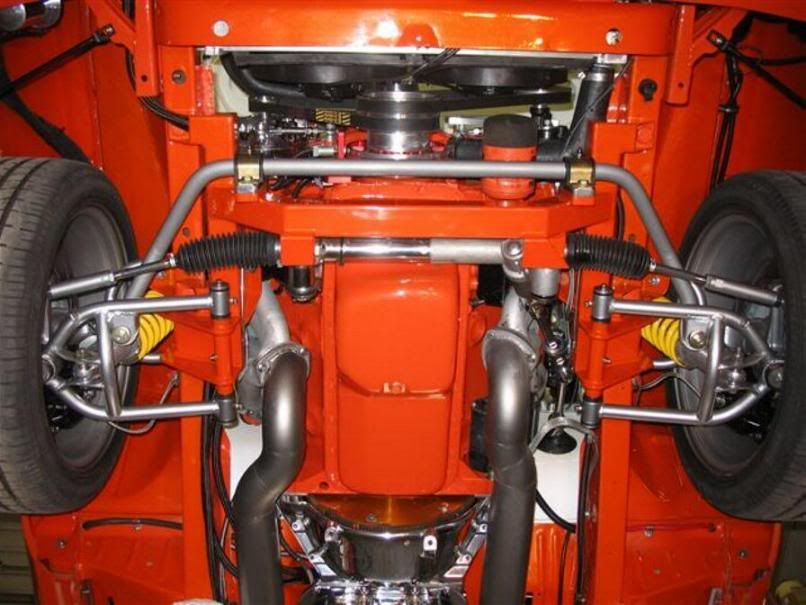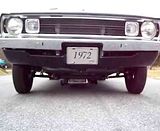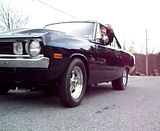Here is something I was just reading.
Costin &Phipps, "Racing & Sports Car Chassis Design", 1961. For performance and racing cars, they recommended a small amount of anti-Ackerman, and did not discuss any circumstance where Ackerman might be used. "Owing to weight transfer, the outside wheel always runs at a higher loading than the inside wheel, and therefore higher slip angles, which necessitate greater lock".
Carroll Smith, "Tune to Win", 1978. Referring to anti-Ackerman, he writes it "cannot be right". He suggested that racing car steering angles are generally too small for Ackerman to build, and that in the mid corner, the inside tyre is not sufficiently loaded for it to have much affect anyway (meaning for Ackerman effect - in general consideration of inside tyre grip is a major focus for set up). For corner entry he prefered to use small amount of static toe out and/or, interestingly, small amount of bumpsteer toe out in bump. Because of the difficulty of predicting dynamic ride height side to side, it may be preferable to run the static toe out required with zero bump steer. Those teams with wheel position sensors and data logging could tell for sure. "Engineer in Your Pocket", 1998. No mention of Ackerman. This is significant. Twenty years after "Tune to Win" Carroll Smith must have considered Ackerman adjustment still only a small part of set up.
Don Alexander, "Performance Handling", 1991. He writes that anti-Ackerman was used in earlier years. But that by the 90's, "Ackerman steering has returned, often exceeding 100 percent geometry", eg for vehicles with high aero down force. However, he has got his explanation of the slip angle effect the wrong way round, and does not expand further. Finally, he says Ackerman is a design element, not a tuning tool the racer will use.
Paul Valkenburg, "Race Car Engineering & Mechanics", 1992. Taking into account the slip angles, "at first glance it might seem" ..."Ackerman steering may be a disadvantage. On the other hand, scientifically obtained tyre data tends to indicate that the lighter the tyre load, the higher the the slip angle required for peak cornering power. This would indicate that Ackerman is in fact usefull in racing cars. " ........."although there probably isn't enough steering motion to have a significant effect. Only your skid pad or test track will tell for sure."
Allan Staniforth, "Competition Car Suspension", 1999. Writing about inside tyre grip he says "My own view, not applying to Ackerman alone, is that any single thing that helps the contact patch do a better job and enjoy a happier existence has to be worth any trouble to achieve." He does not say when, or under what conditions, he would use Ackerman. Later he did an article in one of the technical mags (or was it Simon McBeath?) where he got very keen on Ackerman, and did some testing on a hill climb car. Unfortunately, I can't find the magazine.
Eric Zapletal, "Race Car Engineering" magazine, August 2001. This is part 3 of a series on "Ackerman Explained". He offers a number of "kinematic steer angle curves", representing steering systems with a lot of Ackerman, for various slip angles. At the end of the article he does give some further clues as to how Ackermen may be used. He points out how the car will turn by braking one side of the vehicle - tanks, bulldozers and other "skid-steer"' vehicles are an examples where it is the only steering mechanism. He points out that modern Vehicle Stability Systems (VCS) use the ABS braking system to brake an individual wheel to counter the yaw motion of the vehicle and control oversteer and understeer. "One of the easiest ways to take advantage of this yawing power (in racing cars) is to use dynamic-toe changes. Dynamic toe out of the front wheels generates just the right sort of differential- longitudinal forces that help yaw the vehicle into the corner." I think he is saying if the inside front tyre drag is a bit more than the outside, this will help turn the car into the corner.




















